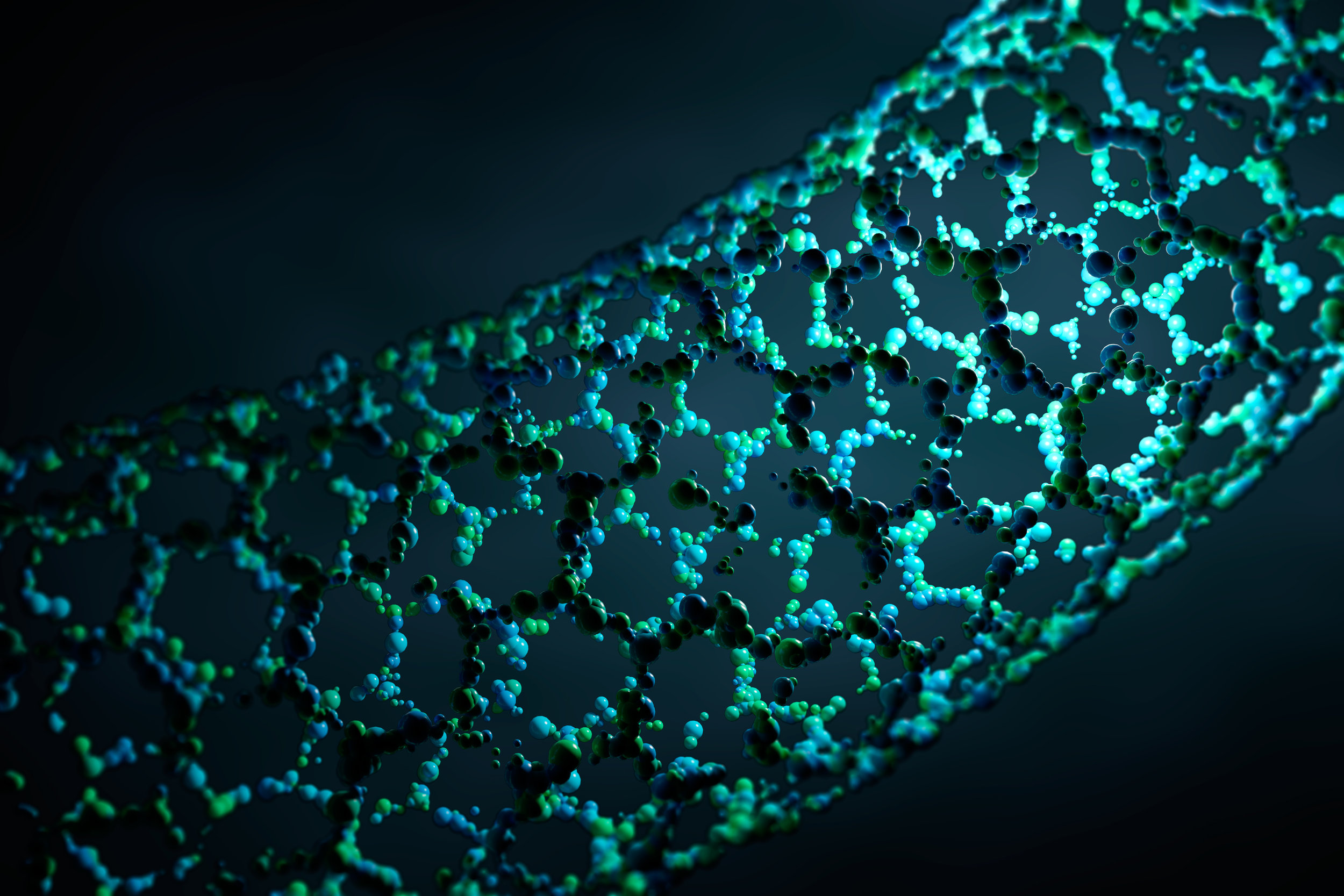A step closer toward revolution in electronics?

A successful development of a microfluidic platform capable of sorting individual carbon nanotubes in new dissertation in physics could possible lead to a revolution in the technology of electronic devices.
The aim of the thesis by M.Sc. Ján Borovský was the development of a novel fully automatic sorting microfluidic system, which allows selection of the nanotubes with suitable properties. The microfluidic technology allows manipulation of liquids with unprecedent precision and finds broad employment mainly in biology. Borovský was able to prepare, transport and manipulate water droplets, which were 20-times smaller than the diameter of human hair.
The innovative approach developed in this study allowed distributing nanotubes to droplets in a way that one droplet contains on average only one nanotube. The system is designed to be fully automatic, so after the process is initialized, the sorting should run on its own, without the need of human intervention. The obtained results confirm this approach to be a viable way of carbon nanotubes sorting, explains Borovskýfrom University of Jyväskylä, Finland.
The system developed within this project brings large potential for small-scale development of devices based on carbon nanotubes.
The need for development of new electronic devices creates a constant pressure for further improvements of new techniques and materials, with carbon nanotubes being one of them. However, the lack of universal and reliable sorting strategy is the current bottleneck in broad employment of carbon nanotubes in electronics. This thesis discovers one of the possible paths how to overcome this obstacle and open new possibilities for development.





